Discover how Chandan powder naturally removes tan, cools the skin, and restores your natural glow. A divine...
How Old is Srimad Bhagavatam? Exploring the Eternal Wisdom and Historical Roots of the Bhagavata Purana
How Old is the Srimad Bhagavatam?
Introduction
The Srimad Bhagavatam, often called the Bhagavata Purana, stands as one of Hinduism’s most cherished and influential scriptures. Encapsulating stories of divine incarnations, spiritual insights, and the glory of devotion (bhakti), this ancient text continues to guide and inspire millions. However, the question, “How old is the Srimad Bhagavatam?” is one that invites multiple perspectives, ranging from deep-rooted traditional beliefs to modern historical scholarship. In this comprehensive article, we examine both views, the underlying reasons for the dating debate, and what this means for seekers today.
Understanding the Age of Srimad Bhagavatam
1. Traditional Perspective: Ancient and Divine Origin
For devotees of the Vedic tradition, the timeline is clear and filled with spiritual significance:
- Composed by Sage Vyasa: Ancient Indian belief holds that Srimad Bhagavatam was composed by Sage Vedavyasa (Vyasa Muni) more than 5,000 years ago, at the end of the Mahabharata era, during the dusk of Dvapara Yuga and the beginning of Kali Yuga.
- Direct Continuation from Mahabharata: According to the text and later commentaries, the Bhagavatam was composed after Vyasa had compiled the Mahabharata and other Puranas but still felt spiritual dissatisfaction. By the counsel of Narada Muni, he authored the Bhagavatam, considered the “essence” of all Puranic wisdom.
- Scriptural Self-reference: The Srimad Bhagavatam itself and other Puranas refer to Vyasa as its author, further embedding it deep into ancient Indian lore.
Buy Srimad Bhagavatam Set Online
Estimated Age (Traditional): ~5,000 years (around 3,000 BCE)
2. Modern Academic Scholarship: Medieval Origins
Contemporary historians and Indologists take a different approach, guided by evidence such as:
- Language and Literary Style: Scholars compare the prose, grammar, and narrative style of the Bhagavatam with other Sanskrit texts, finding similarities to works written between the 8th and 10th centuries CE.
- Earliest External Citations: The first clear mention of the Bhagavatam outside India comes from Al-Biruni (c. 1030 CE), and the text is referenced in several South and East Indian royal inscriptions between the 9th and 12th centuries CE.
- Inter-Textual References: Other later Puranas and philosophical texts do not cite the Srimad Bhagavatam before this period, suggesting the work appeared in its current form during medieval times.
- Scholarly Consensus: Most modern scholars agree that the Bhagavatam was likely composed in early medieval India, between the 8th and 10th centuries CE. This puts its age at roughly 1,000–1,200 years old.
Estimated Age (Scholarly Consensus): 9th–10th century CE (c. 800–1000 CE)
3. Broader Academic Range
- Some academic opinions, based on possible layered composition and reuse of older traditions, expand the potential date as early as the 4th or 6th century CE, but not earlier, primarily due to lack of evidence.
- The commonly accepted scholarly window: 500–1000 CE.
Timeline Table: The Age of Srimad Bhagavatam
|
Perspective
|
Estimated Age / Date
|
Evidence / Basis
|
|
Traditional Vedic |
~5,000 years ago (c. 3,000 BCE) |
Vyasa authorship, scriptural |
|
Modern Scholarship (Consensus) |
800–1,000 CE (9th–10th century) |
Linguistics, citations |
|
Broader Academic Range |
500–1,000 CE |
Hypothetical earlier versions |
|
Earliest Outside Reference |
Pre-1030 CE (al-Biruni, etc.) |
Historical writings |
Why the Difference? Exploring the Dating Debate
A. Scriptural Tradition vs. Modern Methodology
Traditional Hindus base their understanding on scriptural authority, oral tradition, and the text’s own claims. Sage Vyasa is credited with compiling much of ancient Hindu wisdom, and his legendary lifespan is said to span multiple yugas (epochs), making it plausible within the narrative for the Bhagavatam to be several millennia old.
Modern historians, however, abide by critical analysis, linguistic studies, and the availability of hard evidence. For them, the absence of references to the Bhagavatam in ancient commentaries and inscriptions before the first millennium CE is significant.
B. Layered Composition and Oral History
Some scholars note that, while the core themes or certain verses may indeed be older, the final form of the Srimad Bhagavatam as we know it — as a structured text of 12 Cantos and 18,000 verses — likely crystallized much later. It is possible that the Bhagavatam drew from earlier, orally-transmitted spiritual traditions and previous versions, integrating them over time into the present work.
C. Historical Mentions
The earliest reliable external citation is by Al-Biruni, the classical Persian scholar, who visited India around 1030 CE. His records confirm that the Bhagavatam was well-known by then. Likewise, early medieval royal inscriptions and philosophical debates reference the Bhagavatam only from the 9th–10th centuries onward.
Cultural and Spiritual Significance Regardless of Age
Whether 5,000 years old or 1,200, the Srimad Bhagavatam occupies an indelible place in the spiritual and literary history of the world:
- It introduced and systematized the path of devotional love (bhakti yoga) in an era marked by ritualism and philosophy.
- The stories of Lord Krishna’s childhood, the dialogue of Prahlada and Hiranyakashipu, and teachings of Rishabhadeva have inspired poets, saints, and philosophers for centuries.
- Through its verses, it shaped Indian art, dance, music, social values, and even politics, being a wellspring for reformers and mystics across generations.
Relevance for Today’s Seeker
- For spiritual practitioners, the message of the Bhagavatam transcends the question of age. What matters is the timeless wisdom imparted through its stories and philosophy.
- The Bhagavatam remains a living text, recited in temples and homes, forming the basis of countless festivals, dramas, and discourses worldwide.
- Its explorations of the nature of the self, universal harmony, and the joy of loving service continue to inspire, offering answers to humanity’s deepest existential questions.
Conclusion: The Timeless Legacy of Srimad Bhagavatam
In conclusion, the age of the Srimad Bhagavatam depends on one’s standpoint. According to tradition, it spans back to the dawn of Kali Yuga and Vyasa’s divine inspiration. According to modern scholars, it’s a jewel of early medieval Sanskrit literature, reflecting a synthesis of ancient and contemporary spiritual ideas. Between mythic time and historical fact, the Bhagavatam emerges as both ancient scripture and living wisdom, offering spiritual nourishment to all who seek its company.





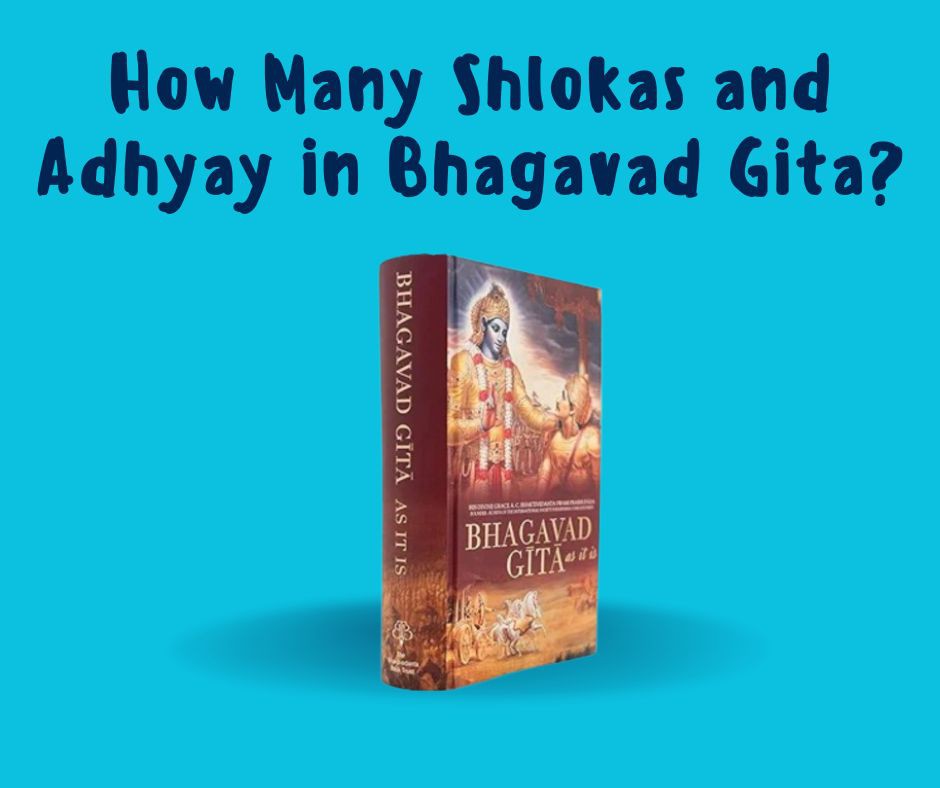
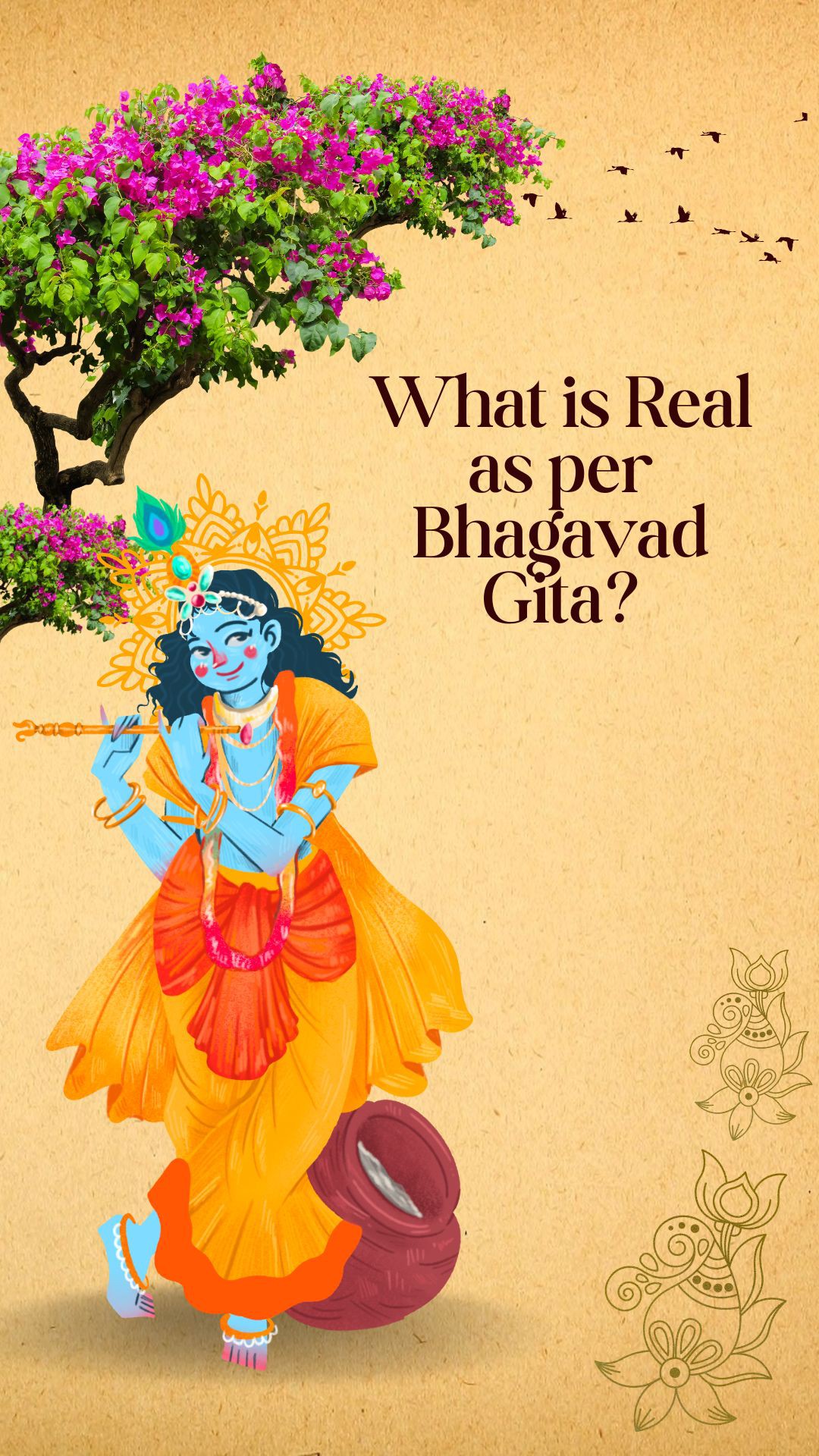



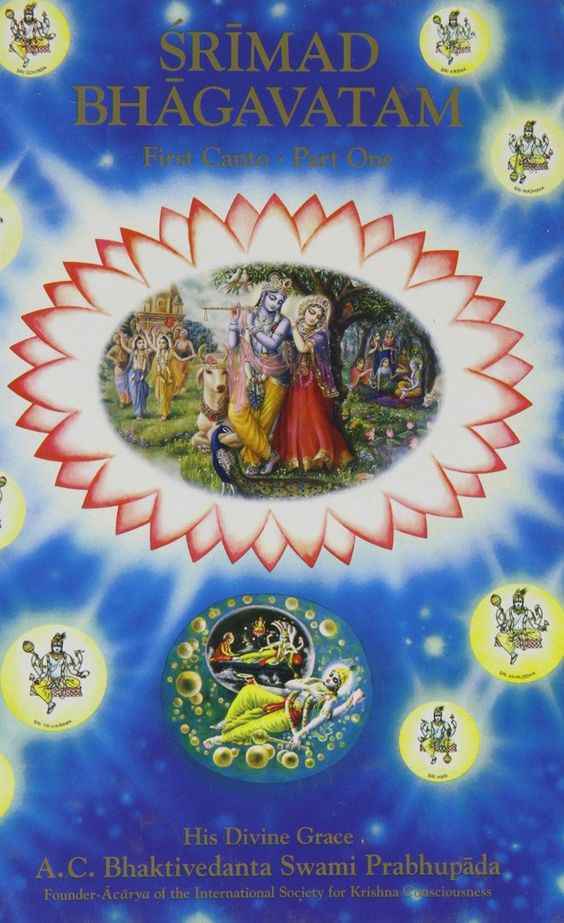
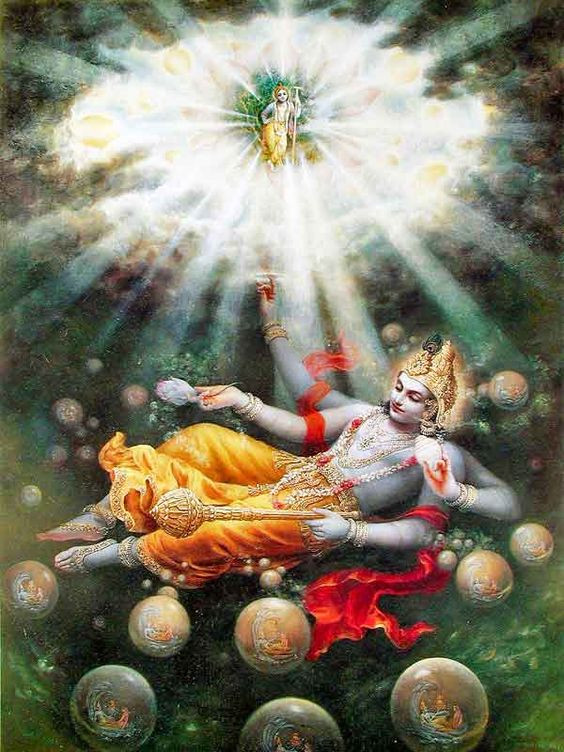
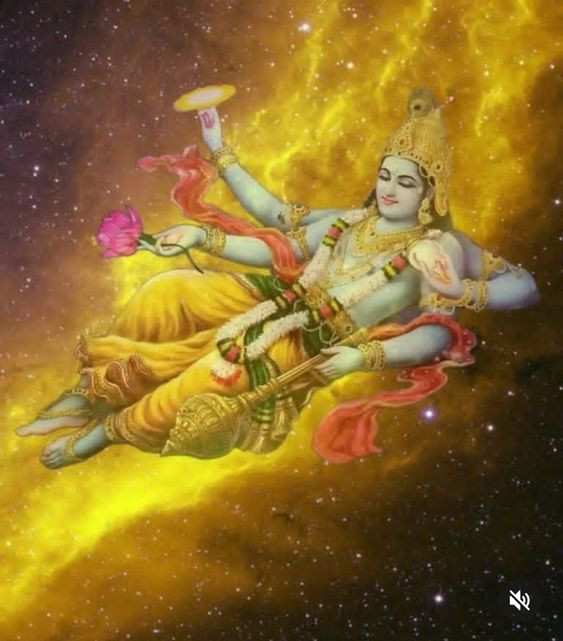
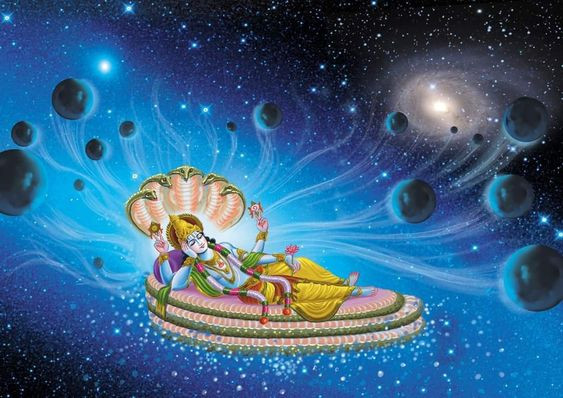
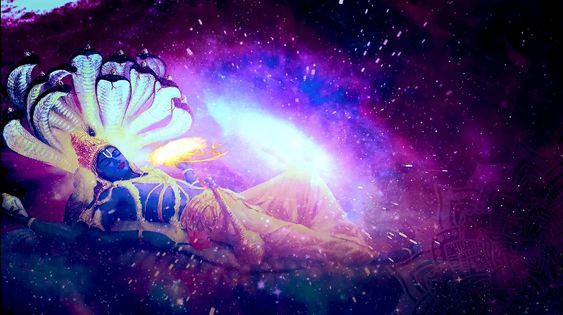
Leave a comment